Kunstwerke / Artworks
Zeichnungen / Drawings

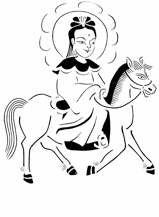

Kunstwerke / Artworks
Zeichnungen / Drawings
HICA

Künstler und
ihre Werke
Artists and
their works
Philipp Veit
(1793-1877)
restoration: Hai-Yen Hua
information: Nobert Suhr, Dictionary of Art, Bd. 32, 1996
(b Berlin, 13 Feb 1793; d Mainz, 18 Dec 1877). German painter.
The son of Dorothea Mendelssohn and Simon Veit and the stepson, from 1804, of Friedrich von Schlegel, 1808-11 he studied at the Akademia in Dresden under Friedrich Matthäi (1777-1845) and Caspar David Friedrich. He showed talent in drawing but, on moving to Vienna in 1811, had difficulties with painting in oil.
Through Schlegel, Veit came to know many of the leading Romantics in Vienna, such as the poet and novelist Joseph von Eichendorff. In 1813-14 Veit took part in the campaign against Napoleon and returned briefly to Berlin. In 1815 he completed a votive picture, The Virgin with Christ and St John, for the church of St James in Heiligenstadt, Vienna (in situ) , inspired by the work of Pietro Perugino and Raphael. In 1815 Veit left for Italy where he stayed until 1830.
In Rome he joined the circle around Friedrich Overbeck and Peter Cornelius, becoming a leading Nazarene (see Nazarenes). With these artists he took part in providing fresco decorations (1816-17) for the Casa Bartholdy: Veit painted the scene of Joseph and Potiphar's wife and a decorative lunette allegory, The Seven Years of Plenty (both now & Berlin, N.G.).
In 1818 Veit was commissioned to paint the fresco The Triumph of Religion in the Museo Chiaramonti in the Vatican, one of series of murals recording the services of Pope Pius VII to science and art. Veit also took part in the decoration of the Casino Massimo in Rome (1818-24), painting the ceiling of the Dante Room with the Heavens of the Blessed and the Empyrean ( in situ ).
In these frescoes and in his Maria Immaculata in SS Trinità dei Monti (1829-30; in situ) Veit proved himself the finest colourist of the Nazarene artists. While in Rome, Veit also painted some excellent portraits, notably a Self-portrait (c. 1816; Mainz, Landesmus., see fig.). Veit also produced a fine series of pencil drawings of his fellow German artists in Rome (e.g. Mainz, Landesmuseum).
In 1830 Veit returned to Germany to take up the post of Director at the Städelsches Kunstinstitut in Frankfurt am Main. He was responsible for the enlargement of the gallery collection as well as the education of students. Among those who studied under Veit were Alfred Rethel and Eduard Jakob von Steinle.
In about 1832 Veit painted allegorical murals for the Kunstinstitut; these alluded to the contents of the collection and embodied the theories of art and history embraced by Veit and Schlegel. Veit's pictorial programme culminated in the three-part fresco, The Introduction of the arts to Germany through Christendom (1832-6; in situ; other murals destr.). Veit produced several religious pictures while in Frankfurt, the most successful of these being the Two Marys at Christ's Grave (several versions, e.g. 1846; & Berlin, N.G.). In these he avoided sentimental figures in a sparse landscape. Veit was not only among those who embarked on the decoration of the Kaisersaal in the Frankfurt Römer (Council Chamber) - he painted four portraits of Emperors (Otto I, Friedrich II,Heinrich VII and Charlemagne; in situ) - but first of all he initiated the project. Veit abandoned his earlier bright palette in favor of a more reticent coloration, using tones often mixed with grey and brown. Working on a more intimate scale too, he produced some excellent portraits of women, for example that of Marie von Bernus (1838; Frankfurt am Main, Städel. Kstinst.).
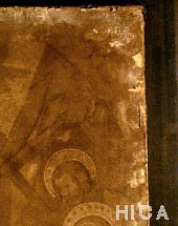
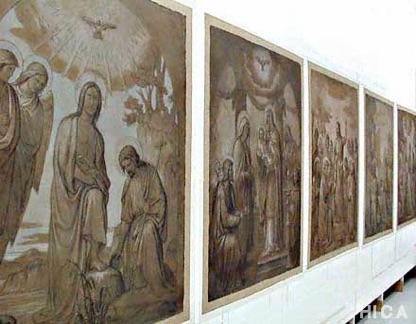
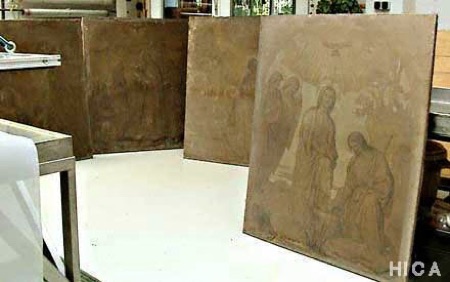
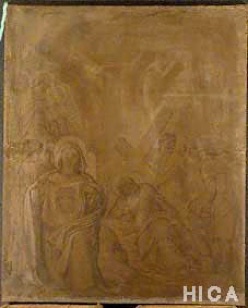
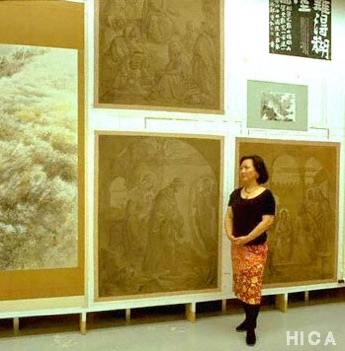


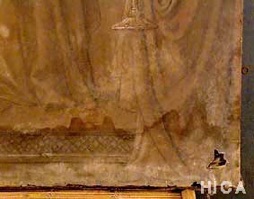
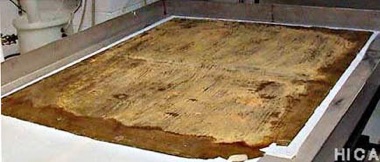
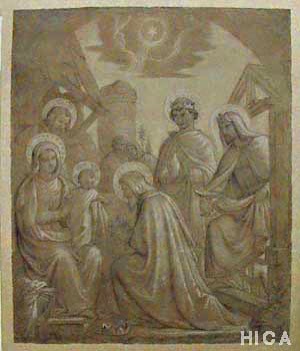
Deutsch Text: Veit.pdf
